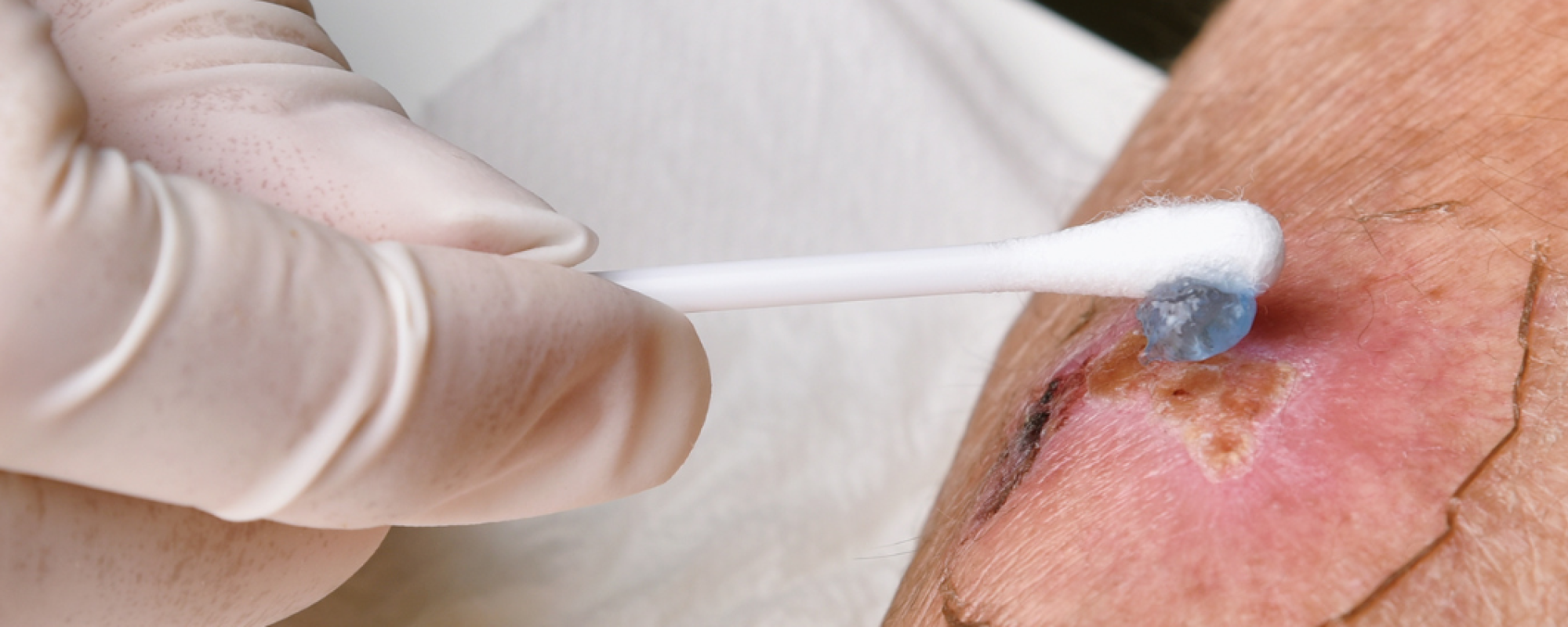Pressure Ulcers and Other Wounds
Within the context of post-acute and long-term care (PALTC), pressure ulcers and other chronic wounds emerge as key clinical concerns, heavily influenced by patient immobility, underlying health conditions, and nutritional factors. These disruptions in skin integrity can gravely impact a resident's quality of life, prolonging recovery and heightening the risk of secondary infections.
Core Considerations for PALTC Providers
- Staging and Identification: Proper classification of pressure ulcers, from non-blanchable erythema (Stage I) to full-thickness skin and tissue loss (Stage IV), is paramount in devising appropriate interventions.
- Multifactorial Etiology: While pressure remains the primary culprit, shear, friction, moisture, nutritional status, and vascular insufficiencies play vital roles in wound genesis and progression.
- Secondary Complications: Untreated or poorly managed wounds can lead to cellulitis, abscess formation, sepsis, or even osteomyelitis.
Strategies for Optimal Care
- Preventive Measures: Prioritize skin assessments, especially for bed-bound or chair-bound patients. Employ pressure-relieving devices, ensure proper positioning, and maintain skin hygiene.
- Nutritional Supplementation: Adequate protein intake, along with micronutrients like vitamin C and zinc, can expedite wound healing.
- Interdisciplinary Approach: Collaboration between wound care specialists, nutritionists, physical therapists, and nursing staff is crucial for effective wound management.

